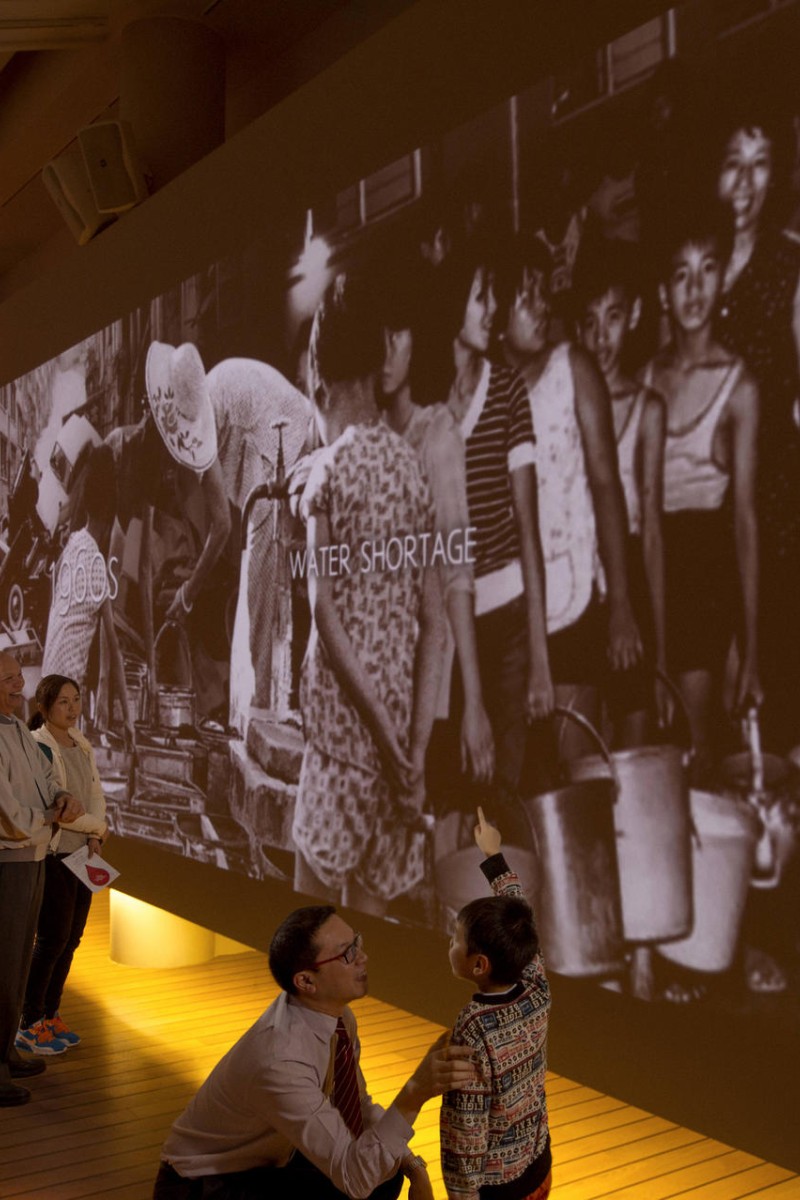 Hong Kong was a completely different place before the skyscrapers and the MTR.
Hong Kong was a completely different place before the skyscrapers and the MTR.You might call yourself a Hongkonger, but how much do you really know about the city? If you've ever wanted to find out more about Hong Kong's development from a fishing village to an international finance centre, now you can. The Hong Kong Maritime Museum in Central is holding its biggest exhibition to date - Made in Hong Kong: Our City. Our Stories.
Sponsored by HSBC as part of their 150th anniversary celebrations, the exhibition, which will be on display until September 4, shows how dramatically Hong Kong has changed since 1841.
The collections have everything from vintage items to audio recordings and videos, most of which are on loan from private collectors and companies.
There are three main galleries in the exhibition: Changing Landscapes, Trade and Commerce, and the People's Wall.
Changing Landscapes is presented in the form of a seven-minute video which shows what life was like, and how it has changed, from the past to present day.
As well as focusing on the city's geographical changes, the video also emphasises how residents' livelihoods have changed, and how the city has changed in terms of both economic and political development.
The Trade and Commerce gallery comes in the form of exhibits. Divided into five distinct time periods, each exhibit highlights the popular products, and what the money used at that time was like. For example, in the exhibit which covers 1950-1979, there is a McDonald's display, celebrating the fact that the first McDonalds opened in Hong Kong in 1975.
There is also a video that accompanies each exhibit, to explain the journey behind the city's development.
The People's Wall is full of photos, exhibits and video interviews. It is all about the people who have made Hong Kong what it is today: from local business people and entrepreneurs to well-known celebrities and political figures.
To complement the exhibition, there is also a huge ball suspended in mid-air, called Science on a Sphere. This globe tells the story of how manufacturing and trade has made way for a booming technology industry, and how the industry affects Hong Kong's environment.
Hosting such an enormous exhibition was a big undertaking for the museum. In fact, finding a place to put everything was one of the biggest problems.
"With limited space, we had to 'create' rooms to make sure we didn't leave out anything important," says assistant curator Phoebe Tong Lai-yi.
The only way for them to do this was by turning the old museum shop into a gallery with lots of big display cabinets.
Another huge challenge was sourcing the objects for the exhibition. There are going to be problems with any exhibit trying to capture history, as some places have inevitably moved or no longer exist. Despite the struggle to find material, the exhibition had a lot of support from big companies so it is still full of a lot of authentic items.
Unlike at school where history is often just told from one point of view, Tong explains that the best part of the exhibition is that it tells Hong Kong's history from so many different perspectives.
"It's a really impressive exhibition. Visitors can learn something from every display, be inspired and find a sense of belonging when they walk through the gallery," says Tong.
